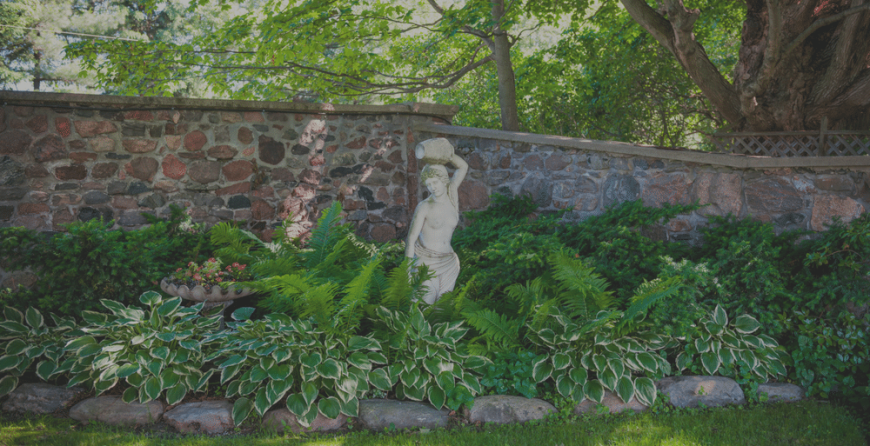 Perennials are plants that reach their maturity for at least two seasons. They can be planted as a single, solitary plants, grouped in a flower border or flowerbeds and also between shrubs. Many are also planted with annuals and biennial plants in mixed flower garden beds. Perennials are plants that live two years or more as adults, and fully developed plants bloom every year. Perennials are a diverse group of plants that show a huge variety of shapes, forms, colors, textures and aromas that determine their choice for planting and shaping the surface where they want to plant. Here are some no-fail perennial plants for any organic garden.
Perennials are plants that reach their maturity for at least two seasons. They can be planted as a single, solitary plants, grouped in a flower border or flowerbeds and also between shrubs. Many are also planted with annuals and biennial plants in mixed flower garden beds. Perennials are plants that live two years or more as adults, and fully developed plants bloom every year. Perennials are a diverse group of plants that show a huge variety of shapes, forms, colors, textures and aromas that determine their choice for planting and shaping the surface where they want to plant. Here are some no-fail perennial plants for any organic garden.
Coreopsis
There are numerous sorts of coreopsis. In the wild, coreopsis develops among tall grasses in breezy fields where it’s quite adored by honey bees and butterflies when it blossoms. At that point in the fall when it sets seed, larks rely on upon blossoms like coreopsis for food as they build up for winter or advance down the heart of the landmass to relocate. The sorts of coreopsis that one finds in nurseries are produced as cross breeds from lanceolata and others, with flawless development propensities and long sprouting times of brandishing numerous hues that incorporate yellow, orange, red, and kaleidoscopic topics.
Cranberry Ice
Cranberry Ice is an excellent and striking red petaled assortment with white external edges. Use Cranberry Ice as a mass bed planting or as a focal point in your organic garden as its shading is very robust. It would unquestionably include a great deal in little numbers to the outline any scene. It’s ddeal for the front of an outskirt or in a stone garden.
Rising Sun
Rising Sun is a twofold blossomed sort, which means there are more than one arrangement of petals giving the bloom a fluffier look. It’s yellow with a few indications of red radiating out of the center on every petal.
Daylily
Daylily is a typical sight in greenery enclosures around the nation. It’s very appropriate for scenery. It has fascinating strappy foliage and delightful (and durable) sprouts of numerous hues. Daylily can make it’s home prevalent in you organic garden.
Stella De Oro
Stella De Oro has been a hit for organic gardens for some time. It’s among one of the most sold plants in America. Utilize Stella as a component of an outskirt, or as accents here and there, and you’ll have the ability to appreciate them while also brings out other plant’s qualities. Stella produces different foliage types and is a very hearty plant.
PowWow White
PowWow White is an established, time-tested form of Echinacea that blossoms in spotless and excellent white. It’s small stature of around a foot helps make it slick and clean. It reproduces well when the seed is permitted to fall to the ground and overwinter.
Double Scoop Bubble Gum
Double Scoop Bubble Gum is a sprouting pink and purple assortment. It’s stunning and can grow bigger the PowWow. It’s also adored by butterflies.
Nepeta is catmint
Nepata is also called catmint. It’s also another great visual compliment to any organic garden. It’s a very fragrant plant. In fact honeybees love it and even rely on it for sustenance.
Perennial Geranium
Otherwise called cranesbill or wicked cranesbill. This type of geranium is perpetual. It develops well in sunny forest conditions and is an extensive perennial. It’s perfect for developing as a groundcover in areas where morning sun and evening shade is common.
Autumn Fire
Autmun Fire is a more tightly formed and brighter form of Autumn Joy. Autumn Fire holds its substantial brilliant red blooms up high and proud without slumping like Autumn Joy. In the fall, the red shading is a stunning scene with falling leaves. Growing up to 3 feet tall, Autumn Fire can appear as flawless bunches.


